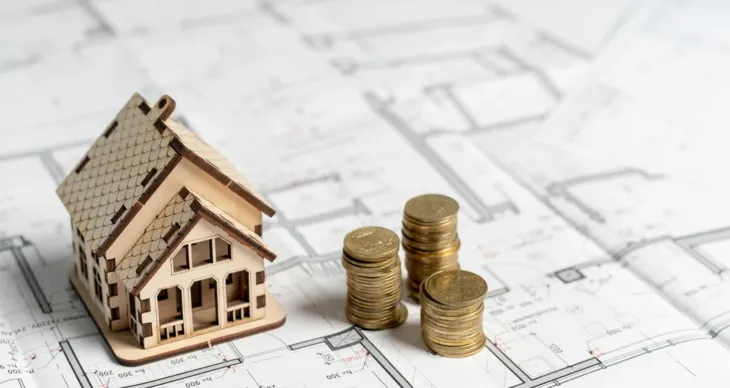Millions of Americans find cheap housing within privately-owned buildings. These units are known as subsidized housing. The U.S. Department of Housing and Urban Development (HUD) does not directly own these units. Instead, it provides subsidies (financial aid) to building owners who provide rental units at reduced prices for low-income individuals and families.
Private building owners that participate in the Low Income Housing Tax Credit (LIHTC) program are incentivized to lower rental rates for qualified individuals and families. In exchange for providing affordable apartments, property owners can claim tax credits that can significantly reduce the amount owed to the government.
The federal government encourages low income housing opportunities, which is why local public housing authorities (PHAs) receive billions of dollars each year in tax credits.
The LIHTC program is open to both nonprofit and for-profit organizations. However, to qualify, they must offer low income housing units that have either been recently built or recently rehabilitated.
This type of rental assistance is very popular among low-income renters across the country. In fact, LIHTC properties account for 90 percent of all affordable rentals and housing units in the U.S.
A variety of housing units are available through the LIHTC program. Depending on where you live, you may be able to find cheap studio apartments, single-family homes, apartments, condos, multi-family dwellings and duplexes.
Like other government assistance programs, there are a few requirements that owners must meet when filling these units. For example, the tenants residing in these units must make up one of the following income ratios:
- At least 20% of tenants have household incomes 50% or less than the area median income (AMI).
- At least 40% of tenants have household incomes 60% or less than the AMI.
- At least 40% of tenants have household incomes averaging no more than 60% of the AMI and no units have tenants with income greater than 80% of the AMI.
If you find cheap apartments for rent through subsidized housing, you can expect to pay no more than 30% of your monthly income toward your rental costs. However, keep in mind that when you are renting a subsidized unit, HUD will not make income exceptions based on criteria like child care costs, medical care or other things that can increase your financial responsibilities.
If you need help with rent but do not qualify for government rental assistance programs like Section 8 or subsidized housing, there are some things you can do. Continue reading the next slide to learn how to lower your rent if you do not qualify for assistance programs.
